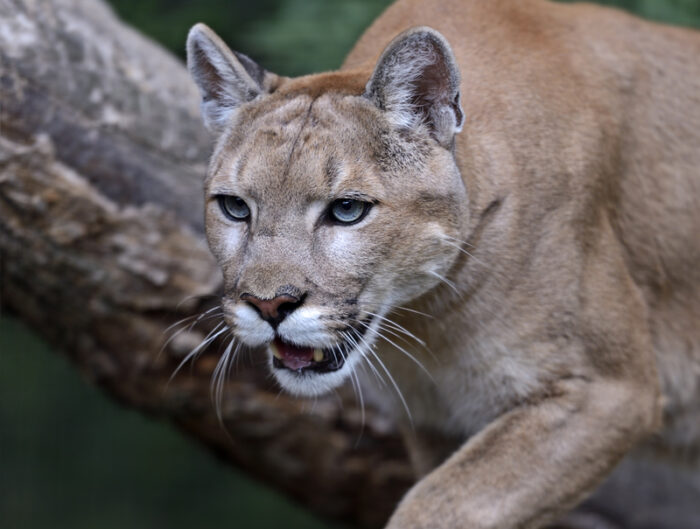Humans are the most dominant species on the planet. What we do—from our actions and activities to our buildings and systems—is felt by pretty much every other creature on Earth. But we are not above being affected by the outside world.
A perfect example of this were the lockdowns during the COVID pandemic. Over half of the world's population was under lockdown for some time period. And this meant that many cities, highways, and airports went from being a hive of activity to extremely quiet.
In some cases, humans were barely present at all. And that leads to a really interesting question.
What did animals do when all the humans were gone?
Robert Patchett of the University of St. Andrews in Scotland was one of the researchers wondering about this very thing! Recently on the website The Conversation, he wrote about the work that he and 174 other scientists have done tracking the movements of wild mammals during lockdown.
Is it the people or their things?
Larger mammals, like this brown bear cub in the Turkish city of Kars, are rare in urban areas. (Getty Embed)
The study involved the tracking of over 2,300 individual mammals, from 43 different species. These species included elephants, deer, cougars, bears, and giraffes.
Something that the researchers were trying to figure out was whether wild mammals just avoided places with human activity, or whether they also avoided places where humans had built things.
In other words, without people there, would animals be more comfortable exploring roads, bridges, and buildings, even these weren't natural environments? And what did they find?
The results aren't the same across the board. After all, different species react differently to certain situations. But they did find that many species ventured closer to and even into human territory. These includes cougars nearing suburbs in Santa Cruz, California and Santiago, Chile, and jackals wandering through Tel Aviv, Israel in the daytime.
In short, it was human activity that was the biggest thing keeping animals away, much more than the human-made structures themselves.
Can we change?
One of the main takeaways that Patchett had from this study was whether or not humans can learn from the pandemic and adjust their behaviour to be kinder to animals? Especially in places where human activity and the natural world mix, such as long highways or roads through national parks.
"With this knowledge we can start to think of new ways to change our behavior that will positively impact wildlife," he writes. Maybe we restrict the times when we can drive through certain areas so that animals have more quiet 'non-human' time? Or build more structures that allow them to avoid us more easily?
Animal bridges are already used in places like Banff, Canada, allowing migrating animals to easily cross highways that would otherwise block or endanger their travels. Maybe there is even more we could do?
What would you do to try to help animals live more comfortably alongside humans?
Maybe watch this video about the animal bridges in Banff for inspiration! (Warning: this video contains flashing images)
 Cougars are normally very shy and wary of humans. Lockdown allowed them to wander closer than ever to suburbs and towns. (ID
33743611
© Kyslynskyy
|
Dreamstime.com
)
Cougars are normally very shy and wary of humans. Lockdown allowed them to wander closer than ever to suburbs and towns. (ID
33743611
© Kyslynskyy
|
Dreamstime.com
)









